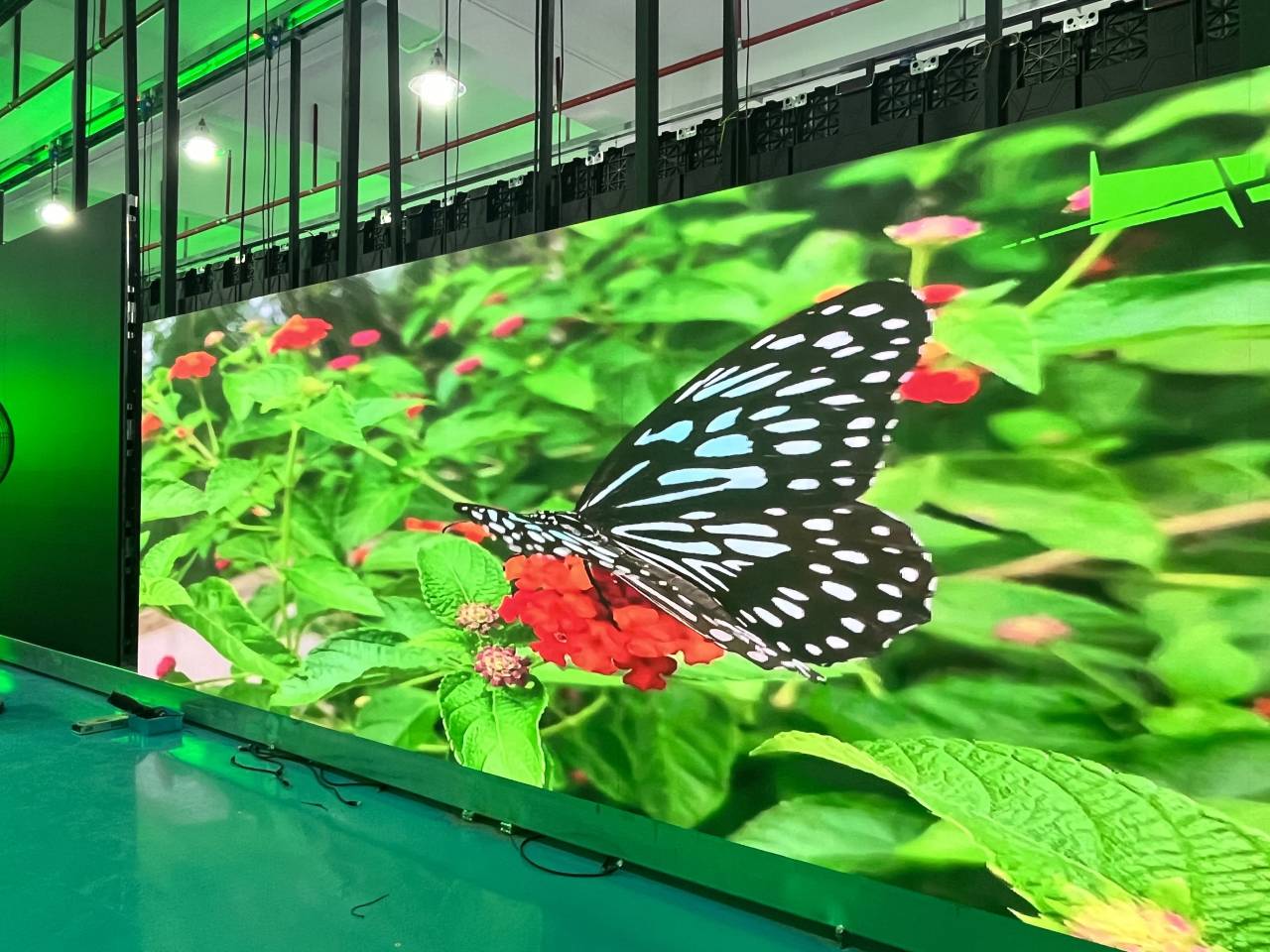Mastering Color Accuracy in LED Display Adjustment for Stunning Visual Presentations
Mastering Color Accuracy in LED Display Adjustment for Stunning Visual Presentations
Blog Article
Hue precision is essential for producing stunning graphic displays, particularly when using LED walls. These massive screens are commonly found in locations like music venues, sports arenas, and promotional billboards. When the hues on an LED wall are not correct, the images can look dull or distorted, which can affect the overall impression for viewers. Therefore, mastering color precision in LED screen tuning is crucial for attaining vibrant and realistic images.
The first step in ensuring color accuracy is understanding how LED systems works. LEDs, or light-producing diodes, generate light in multiple shades by mixing red, green, and blue (RGB) light. Each pixel on an LED screen consists of these three hues. When tuned properly, the mix of RGB can produce a broad range of colors. However, if one hue is too bright or too dim, it can throw off the entire display. This is why calibration is needed to equalize the hues and reach the desired graphic result.
Calibration involves adjusting the configurations of the LED wall to ensure that the hues displayed match the original material as closely as feasible. This procedure typically involves using specific software and hardware tools. Technicians often use color assessment devices, such as color meters, to analyze the hues being shown. By contrasting the measured hues to benchmark color values, they can make exact modifications. This ensures that the colors are not only vibrant but also uniform across the whole screen.
Another crucial aspect of color accuracy is comprehending the surroundings in which the LED wall is employed. Factors such as surrounding light can significantly impact how hues appear. For instance, a brightly illuminated room may wash out hues, making them look not as lively. To counteract this, technicians may adjust the luminosity and differentiation configurations of the LED wall. Additionally, they may choose specific color settings that are better appropriate for different lighting conditions. This adaptability helps preserve color precision regardless of the observing environment.
Ultimately, routine upkeep and recalibration are crucial for keeping an LED wall looking its finest. Over time, the functionality of LEDs can change due to factors like degradation and temperature fluctuations. Frequent inspections and modifications can help ensure that the colors stay correct and lively. By investing time in proper tuning and maintenance, venues can provide viewers with stunning go right here visual presentations that improve their total impression. Mastering color accuracy in LED screen tuning is not just a technical job; it is an art that contributes to the wonder of visual storytelling.